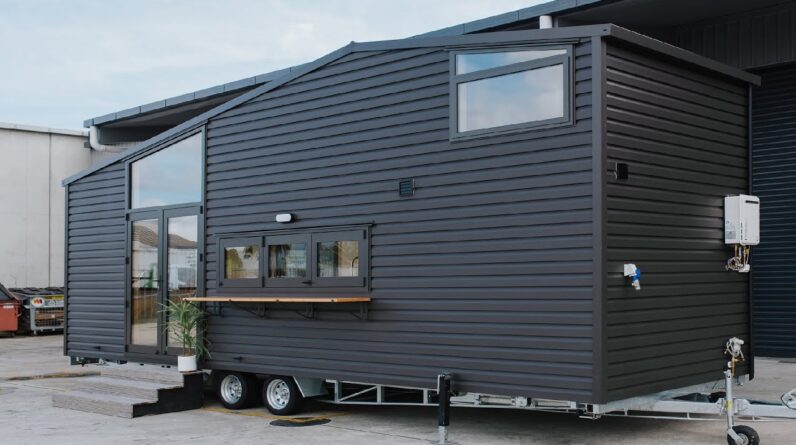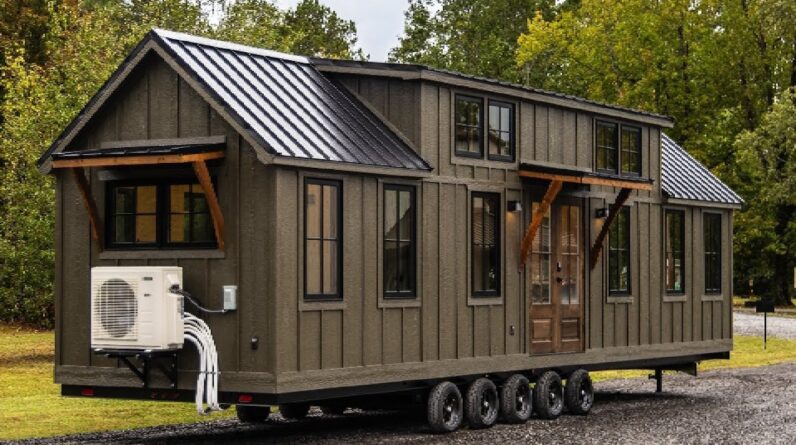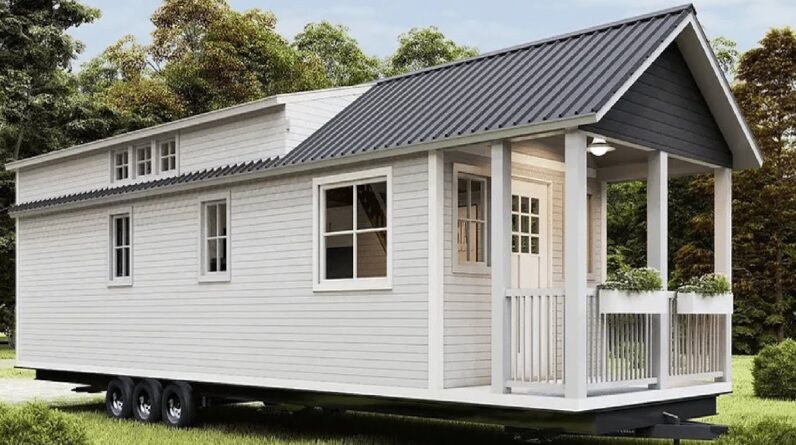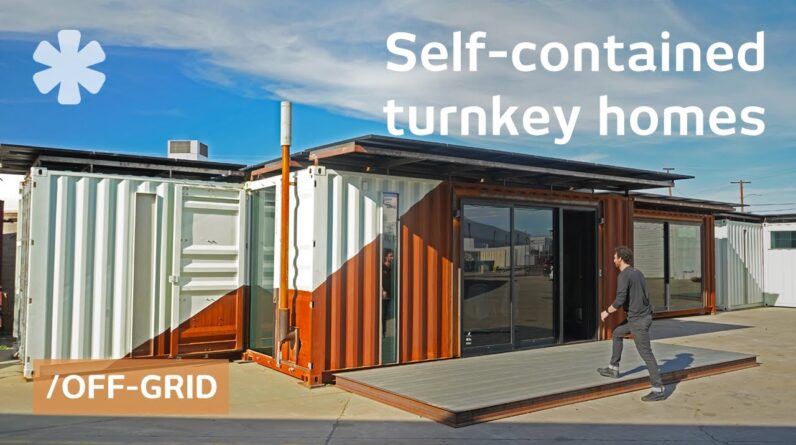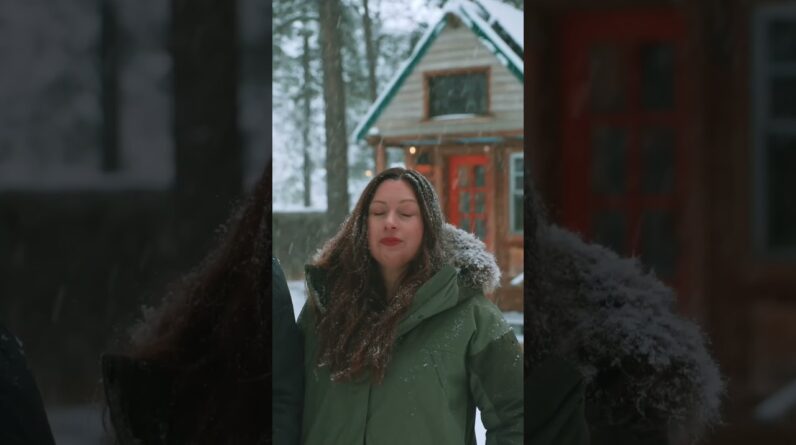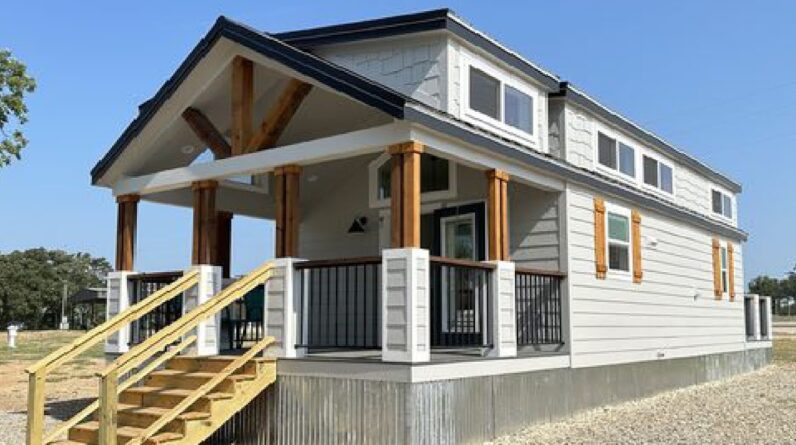Over a decade ago Matt Swarbrick and his wife Jenny decided to leave behind city life to “grow cabbages and children” on 80 acres of former quarry land at the North West corner of Wales. Matt had been exploring ecosystems worldwide for shows like Planet Earth when he realized he wanted to “learn every bird’s nest” in his own corner of the world.
Using a no-dig method that relies on good composting practices, the couple began using permaculture principles of regenerative farming to restore the soil health of the vegetable beds. Today, on just one acre, they can provide produce for 100 families.
On the remainder of the property, they began planting trees to convert pastures into savannah grasslands, or what Matt calls “the most productive ecosystems on earth”. Relying on agroforestry techniques of maximizing highly productive “woodland edges”, they divided the pastures into 35 fields lined with fruit and nut trees. This not only produces a crop, but it provides smaller spaces for the rotational grazing of their cows, sheep and chickens which in turn improves soil fertility with minimal input.
With a big loan to pay, the couple decided to create a campsite on their property for extra money. Their first small shelter is an affordable take on the traditional Celtic roundhouse. Using cob, straw bale and lime for walls and sod from the fields for the roof, the circular structure resembles something out of Middle Earth and they have nicknamed it the hobbit/fairy/witch house.
Inspired by the Viking boats that used to populate the Irish sea (just 2 miles from the property), the couple’s second build, erected in just 6 weeks, is a turf-covered cabin that is “a blend of Viking longhouse and underground hobbit hideaway”.
Despite having to take out a large loan to buy their dream property, the couple said that every venture- the farm, the pastures, the overnight rentals- all pay for themselves. And this is important since one of their goals is to show others that this type of life, and method of farming, is a viable option.


